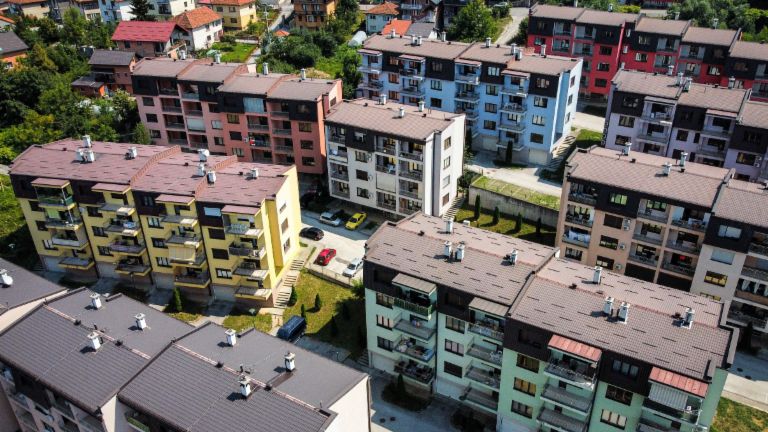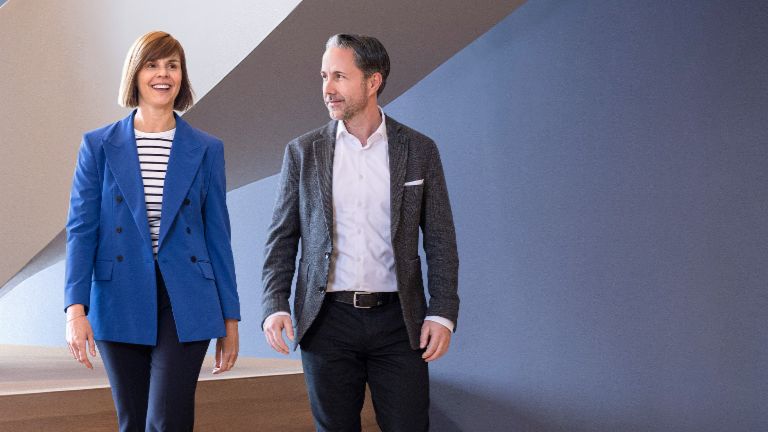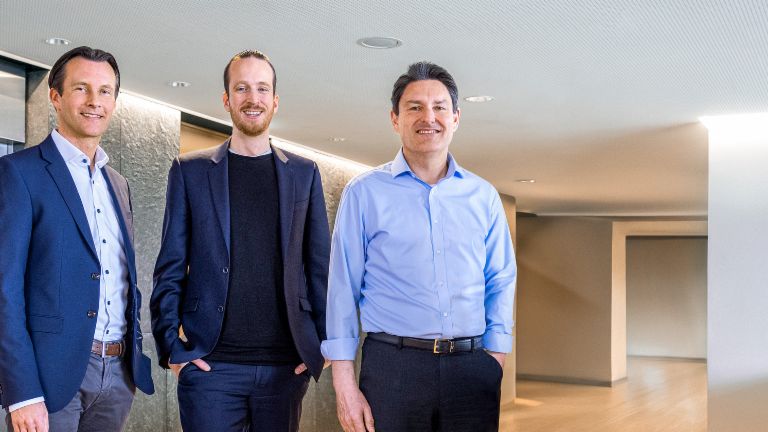- The number of “stranded assets” in Europe is increasing.
- The sustainability requirements imposed on real estate are rising.
- EOS is expanding its expertise to put unusable assets back on the market
Exposed brickwork, cracked wooden beams and crumbling plaster. The building that EOS acquired in 2021 in the village of Režanci on the Istrian peninsula in Croatia was in a miserable condition. The 100-year-old villa had been neglected for decades. “The last owners kept pigs here,” says Ante Ricov, who is responsible for real estate development at EOS Croatia: “This is a typical case of a stranded asset.”
In the real estate sector, stranded assets are buildings that are worth nothing or just about next to nothing in the event of a sale. In some markets, these kinds of properties have always been found in packages with non-performing loans (NPLs) that EOS has purchased, says Cnut Siebert, Senior Vice President Secured Portfolio Valuation at EOS. “Our job is to put them back on the market.” For a long time, however, EOS did not focus on developing these properties before selling them. But that’s starting to change now and is giving EOS an opportunity to expand its area of expertise.
New expertise as an investor in stranded assets.
The reasons for these changes are manifold. In Croatia, for example, the NPL market for real estate-secured receivables is just about non-existent at the moment, says Bernhard Melischnig, Managing Director of EOS in Croatia. “The banks have cleaned up their portfolios.” In future there will therefore be a new focus: “Breathing new life into properties that have been removed from the market,” says Bernhard: “However, to do this we need knowledge and capabilities that have so far not been part of our core area of expertise.” And this is how Ante Ricov got on board. For decades, the development engineer has been managing construction projects in Croatia. His task now is to turn the pigsty in Režanci back into a villa equipped with a completely new heating system, water pipes and power lines, and a swimming pool. Ante will develop the new design, search for and engage contractors, and supervise the build. The project is manageable, he says: “We deliberately wanted to start small to allow us to build up experience that we can then transfer to larger properties.”
At the same time, Ante is managing a project to convert an unfinished building near Zagreb into an apartment block. In this case, however, EOS is not doing the building work itself but is financing the developer. That too is a new role, says Bernhard: “The aim is to provide an all-round service for stranded assets, whether in the capacity of a broker or investor. To this end, we are combining Ante’s knowledge with our legal and commercial expertise. This is a USP that nobody else in Croatia can offer.”
Turning buildings into green fields.
There is also an increasing focus on international stranded assets, says Cnut. The catalysts are more stringent requirements for sustainability, for example in the form of an EU directive on sustainability-related disclosure obligations in the financial services sector. In the future, therefore, buildings will also be rated according to aspects like energy efficiency and the type and volume of materials used. This will create a new form of stranded assets, says Cnut, because: “In the case of many properties, the investment necessary for a sustainable rebuild cannot be recouped through rent.

For decades, buildings have emerged on greenfield sites. Now we have to think about turning buildings back into green fields.
Cnut sees this development not as a risk but as an opportunity. “For decades, buildings have emerged on greenfield sites. Now we have to think about turning buildings back into green fields.” In the most literal sense of the word. Farmland and meadows, sites for solar power or electricity storage systems, biotopes and bee meadows could all be possible uses for such land. With this in mind, Cnut aims to establish new networks and hold talks with companies that could be helpful with these kinds of repurposing projects, like suppliers of solar power systems. At the same time, he wants to develop new expertise within the company. “As yet there is no job profile for stranded asset managers, but this is the direction we need to head in.” Future recruitment processes would therefore also consider qualifications outside the real estate segment, for example, experience in the renewable energy sector. Existing employees will be able to expand their knowledge through professional trainings.
“There is still a gap between European economies,” says Cnut: “Especially in some nations in Eastern Europe, sustainable solutions are currently still of little relevance to investors. But it is only a matter of time until this issue arises there too. And we will then have a head start thanks to the knowledge that we have built up internationally.”
Sustainable rebuilds are investments in society.
In Greece, this issue has already surfaced. “It’s already been a trend here for five years,” says Yannis Delikanakis from our Greek EOS partner Southrock. “And for two years now, hotels and office buildings have needed to have one of two possible sustainability certificates.” These standards are increasing the costs of building refurbishments by 10 to 15 percent,” says Yannis. But this also presents opportunities. “We can give something back to society.” For example in Fokos, in the northeast of the island of Mykonos, where EOS and Southrock are converting 11 unfinished villas. “Seven of them were nothing but skeletons, they didn’t even have any windows,” says Yannis: “And the sight of them is the reason why there are very few visitors to the beaches in the area.
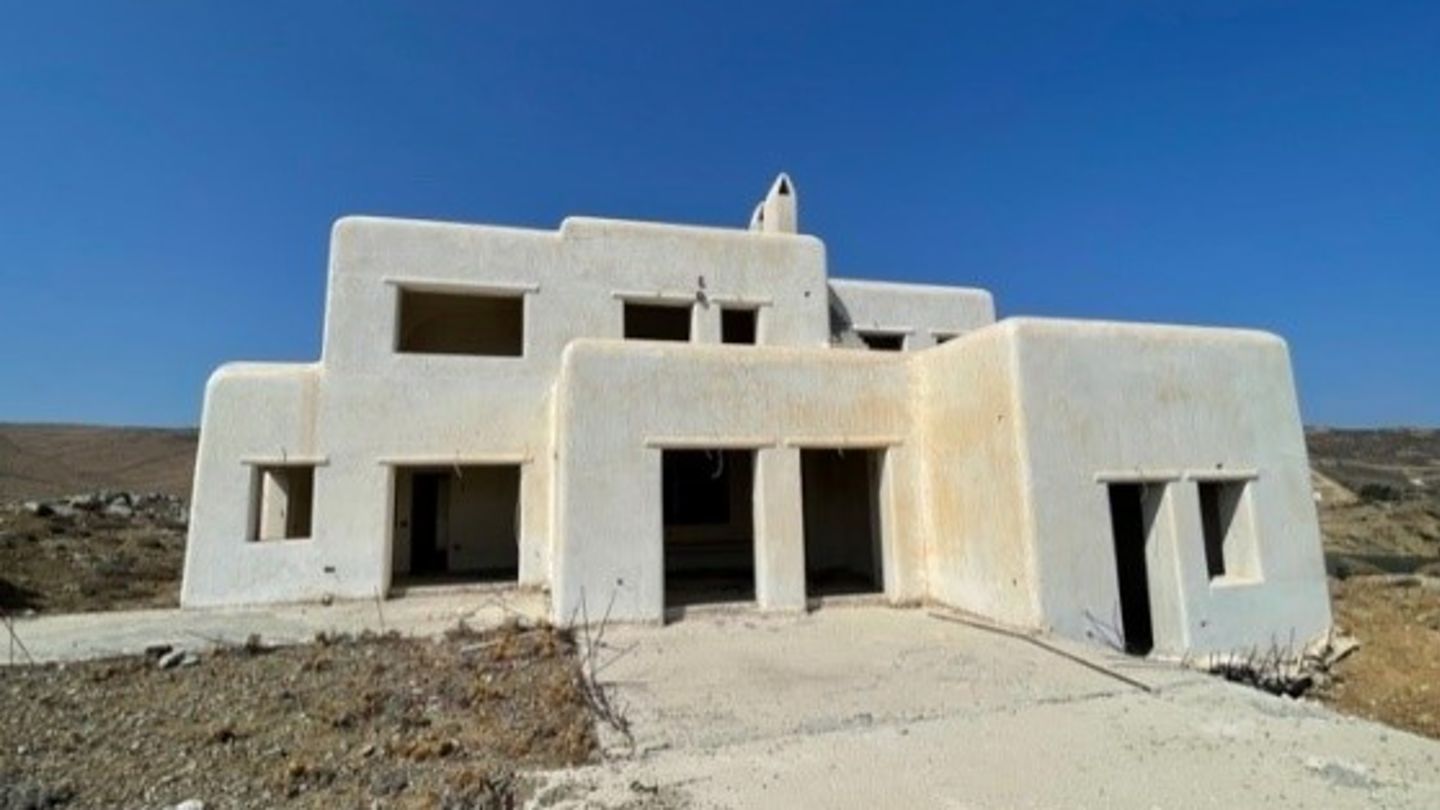
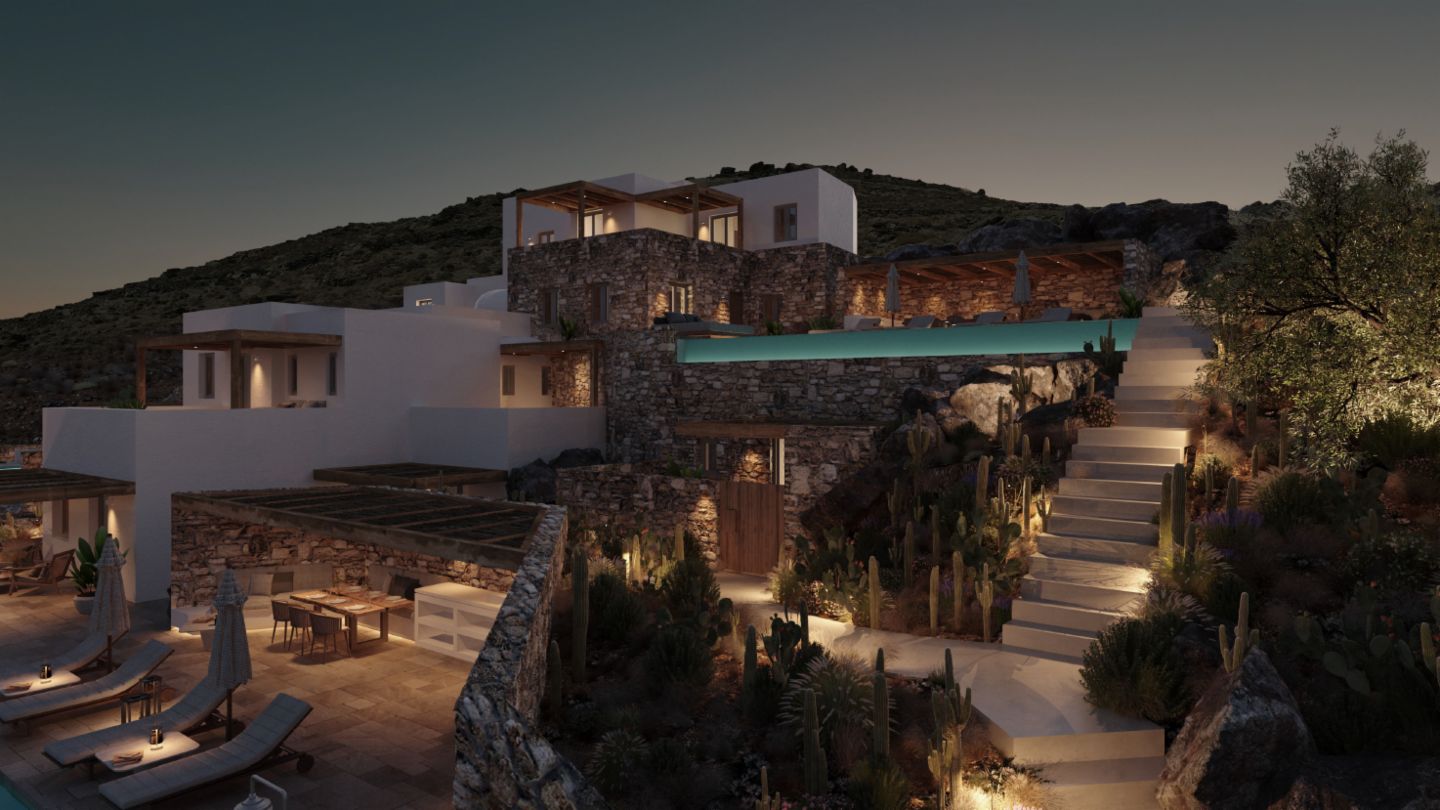
The villas are now being rebuilt to sustainable standards, with solar panels on the roofs, low-energy pumps, a recycling plant for rainwater and smart ventilation systems that turn off the air conditioner if windows are opened. “We are the first to carry out these kinds of projects in Greece,” says Yannis. “Naturally, we want to earn money with this. But we are also returning to the market newly sustainable properties that had previously caused problems for society such as pollution.”
“Restructering stranded assets is akin to the recycling of real estate,” adds Cnut. And that presents opportunities: “We can thus make a contribution to climate protection.”
Cnut Siebert
SVP Secured Portfolio Valuation
Telefon: + 49 (0) 173 2929 695
Photo credits: EOS
Prozkoumejte více od EOS


